

Green Planning of Public Spaces: Integrating Nature in Urban Environments
Summary
Reflection Questions
Journal Prompt
The deliberate incorporation of natural elements into urban planning signifies a shift in the conceptualization and execution of public spaces within metropolitan contexts. Incorporating natural elements is more than merely aesthetic. It embodies a strategic response to pressing environmental challenges, fosters the augmentation of urban biodiversity, and addresses the imperative for enhanced mental and physical well-being of city inhabitants. In this article, we consider the transformative impact of green planning on urban landscapes, underscoring its significance in redefining human interaction with, and existence within, the sphere of contemporary urban ecosystems. Read on to learn more.
The Need for Green Spaces in Cities
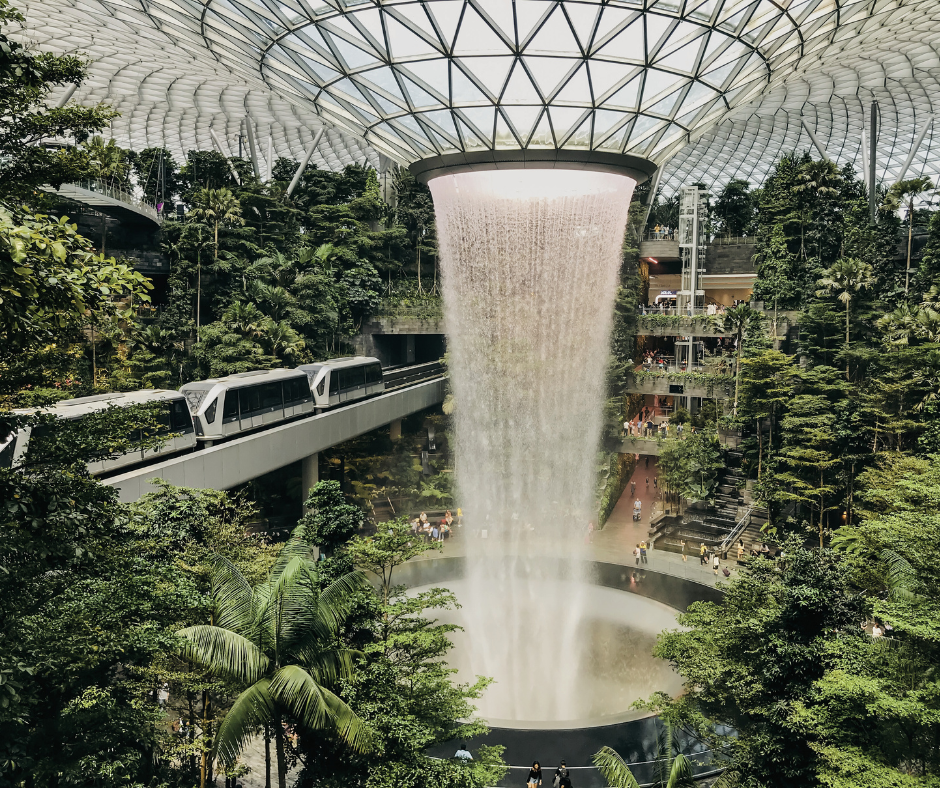

Urban areas grapple with multifaceted challenges, from pervasive pollution to the emergence of heat islands and a palpable absence of communal spaces. The pivotal role of green spaces in confronting these challenges cannot be overstated. Beyond their aesthetic appeal, green spaces act as nature’s remedy, mitigating pollution, cooling urban heat islands, and providing crucial communal hubs.
As the concrete jungle transforms into a greener landscape, the benefits extend beyond environmental improvements in green cities. Urban residents reap mental and physical health rewards, enjoying stress reduction, enhanced well-being, and a respite from the hustle, reinforcing the indispensable role of green spaces in fostering healthier, happier urban communities.
Historical Perspective on Urban Green Spaces
Concrete jungles of the past are finally evolving into livable, beautiful green cities. Let’s take a look at how urban green spaces have evolved over time. From the Romans recognizing nature’s benefits within city limits to the creation of London squares in the 17th century, the journey to integrate the countryside into urban landscapes has been a tapestry of innovation. Despite the pernicious effects of industrialization and the challenges faced, a movement led by non-conformists and visionaries emerged, pushing for public parks to breathe life back into city spaces.
The Industrial Revolution and Beyond
As cities faced the aftermath of war and economic shifts, the divide between urban and rural areas persisted. However, a wave of reformers sought to improve City living through better sanitation and the provision of open spaces. The public parks movement gained momentum in the mid-19th century, leading to the establishment of green spaces in cities as a crucial factor in enhancing urban living standards.
Literature, too, reflected changing attitudes, with authors like Charles Dickens and Virginia Woolf portraying the City in a new light.
As the 19th century saw a clash between the pastoral idyll and urban challenges, a group of reformers emerged, challenging the negative perception of cities and advocating for positive change. The Garden City Movement, spearheaded by visionaries like Ebenezer Howard, envisioned a marriage of town and country, creating decentralized urban spaces with abundant greenery.
Modern Regulatory and Cultural Changes
The mid-20th century brought about a shift in priorities, with the establishment of the Green Belt and the Clean Air Act making cities more pleasant for walking with less air pollution. However, the rise of the motor car and misguided planning doctrines led to challenges for pedestrians. It wasn’t until the 1980s that cities began to break free from these hindrances, with initiatives focusing on urban regeneration, aesthetics, and the creation of shared outdoor spaces.
The late 20th century witnessed a literary and cultural shift, with works like Richard Mabey’s The Unofficial Countryside challenging preconceived notions about nature in urban areas. A new genre of writing, often labeled ‘psychogeography,’ explored cities on foot, emphasizing the importance of urban walking. Popular movements worldwide, such as car-free days and the repurposing of urban spaces, reclaimed cities for pedestrians.
Principles of Green Urban Planning
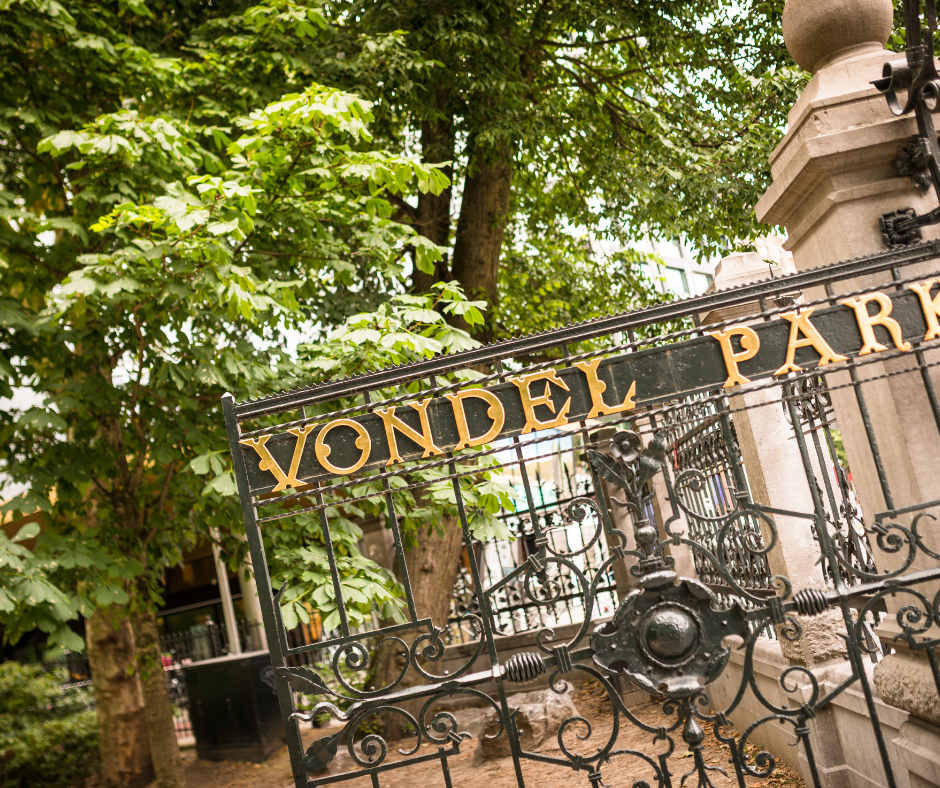

Green urban planning prioritizes sustainable practices in green cities, aiming to minimize the environmental footprint of cities. By implementing eco-friendly infrastructure, waste management, and energy-efficient solutions, cities can foster long-term environmental resilience.
Integrating green spaces into urban landscapes enhances accessibility. The strategic placement of parks and recreational areas, coupled with pedestrian-friendly pathways, promotes inclusivity and ensures that nature is within reach for all city residents.
Upholding biodiversity within urban settings is crucial. Green urban planning emphasizes the preservation of diverse ecosystems, contributing to ecological balance and supporting a variety of plant and animal species within city environments.
Involving communities in the planning process is fundamental. Engaging residents in decision-making fosters a sense of ownership, connection, and pride in green initiatives. Communities become active participants in shaping and maintaining their urban green spaces.
Acknowledging the importance of green spaces from the outset of urban planning is pivotal. Early integration ensures that green elements are woven into the fabric of the City, harmonizing infrastructure with natural features for a balanced and sustainable urban landscape.
By making green spaces integral to urban planning, cities can cultivate a resilient and sustainable future. This approach not only enhances the overall quality of life for city residents but also contributes to the bigger goals of environmental conservation as well as community well-being.
Innovative Approaches to Urban Green Spaces
Technological advancements play a major role in green space enhancement of green cities. Smart irrigation systems conserve water, while eco-friendly materials, such as permeable pavements, foster environmental sustainability. Integrating technology ensures efficient maintenance and monitoring, guaranteeing the longevity of urban green initiatives. From sustainable architecture to eco-friendly urban planning, cities are adopting designs that prioritize the coexistence of technology and greenery, creating aesthetically pleasing, functional, and environmentally conscious urban spaces.
Vertical and Rooftop Gardens
Innovative vertical gardens in green cities redefine urban landscapes, with walls adorned in lush vegetation. These living walls enhance air quality, avoid urban heat island effect, reduce noise, and add aesthetic value. Vertical greening not only maximizes limited ground space but also transforms city walls into thriving, eco-friendly installations for environmental protection.
Urban green spaces often include rooftop gardens, converting barren building summits into vibrant ecosystems. By utilizing elevated spaces, cities optimize land use, providing city residents with accessible havens while contributing to urban aesthetics.
Urban Forests
Pioneering cities are creating urban forests, dedicated zones where trees and greenery are strategically planted. These green lungs within the cityscape contribute to improved air quality, biodiversity, and a holistic urban experience, promoting physical and mental well-being.
Challenges in Green Urban Planning
Budgetary Constraints in Green Urban Planning
Limited financial resources frequently pose significant barriers to the execution of comprehensive green projects in urban areas. To address this, innovative financing models are emerging. These include public-private partnerships and specialized grant programs, which can supplement limited budgets and support sustainable green initiatives. By leveraging these financial mechanisms, cities can overcome fiscal hurdles and invest in environmentally friendly urban development.
Optimizing Limited Space for Green Zones
The dense layout of cities, often restricted by existing infrastructure, presents a challenge in allocating adequate space for green areas. However, creative approaches like vertical gardens, rooftop green spaces, and the transformation of underutilized zones offer effective solutions. These methods enable urban planners to maximize limited space and integrate nature into the city landscape, even in the most constrained environments.
Maintenance Challenges of Urban Green Spaces
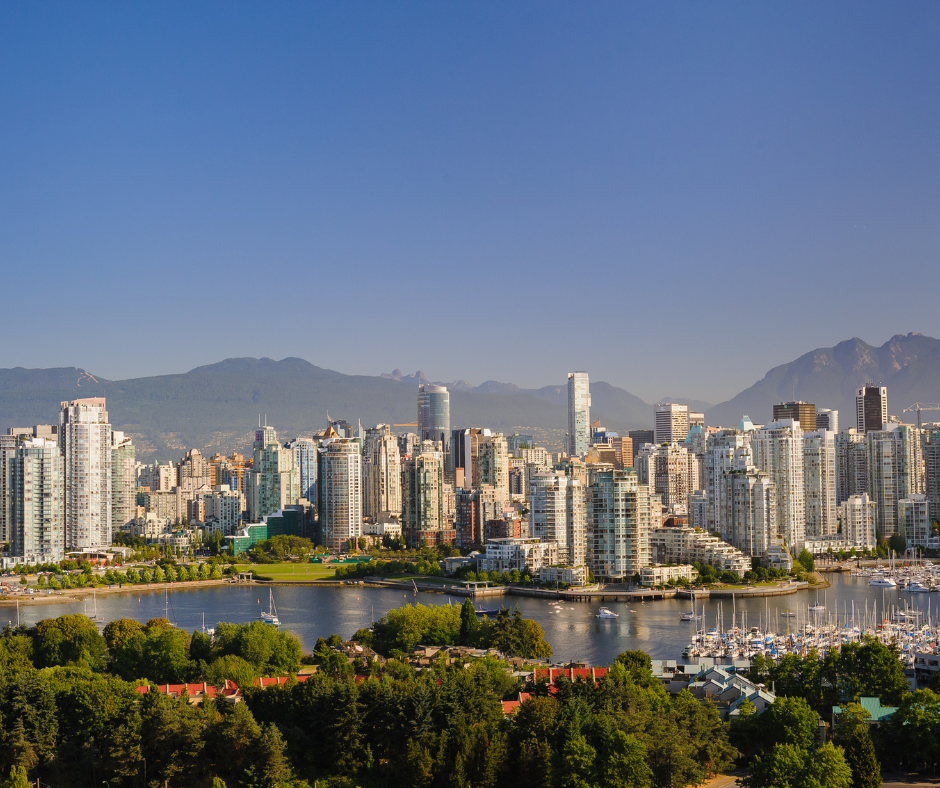

Maintaining urban green spaces is a continuous task that places demands on municipal authorities. To manage this, engaging the community through volunteer programs can be highly effective. Additionally, the integration of smart city technologies can facilitate automated maintenance. These strategies not only ease the maintenance burden but also ensure the sustainability and longevity of green spaces in urban areas.
Resolving Land Use Conflicts in Urban Development
Competing demands for land use in urban settings can create conflicts between green planning and other development priorities. The key to resolving these conflicts lies in collaborative urban planning frameworks. By incorporating green spaces from the early stages of planning, it’s possible to create a harmonious balance between various land use requirements, leading to a more integrated and sustainable urban environment.
Biodiversity Preservation Amidst Urbanization
Urbanization poses a significant threat to biodiversity, complicating efforts to cultivate ecologically diverse green spaces. A strategic approach to counteract this involves prioritizing the use of native plant species, implementing wildlife-friendly landscaping, and focusing on ecological restoration projects. These initiatives are crucial for preserving biodiversity within urban landscapes, ensuring that green spaces not only thrive but also support a wide range of ecological functions.
Global Examples of Green Urban Spaces
From New York’s High Line to Singapore’s Supertree Grove, the cities listed below demonstrate varied approaches to incorporating green spaces. Their approaches are shaped by cultural, geographical, and sustainable economic growth. Read on to learn about a few of the amazing green urban spaces we love around the world.
Singapore


Singapore is known as the “City in a Garden. ” It initiated its green journey with a visionary plan after gaining independence. Over 55,000 trees were planted in five years, laying the foundation for a lush urban environment.
The Singaporean government has implemented robust measures to minimize the island’s carbon footprint. Initiatives include a carbon tax-emissions trading scheme, energy efficiency standards, and substantial investments in renewable energy resources. Singapore leads in sustainable urban development with green roofs, facades, and extensive green spaces, covering almost 50% of the municipal area.
The City’s commitment to combating climate change and planting an additional million trees and ensuring green spaces are 10 minutes from every residential area underscores its dedication. Singapore successfully balances urban life with nature, boasting over 300 km of walking and cycling trails connecting parks. There is also encouragement to use electric cars. Gardens by the Bay, with its supertrees collecting solar energy through solar panels- exemplifies how urban development can coexist harmoniously with nature and sustainable urban development.
Vancouver, Canada
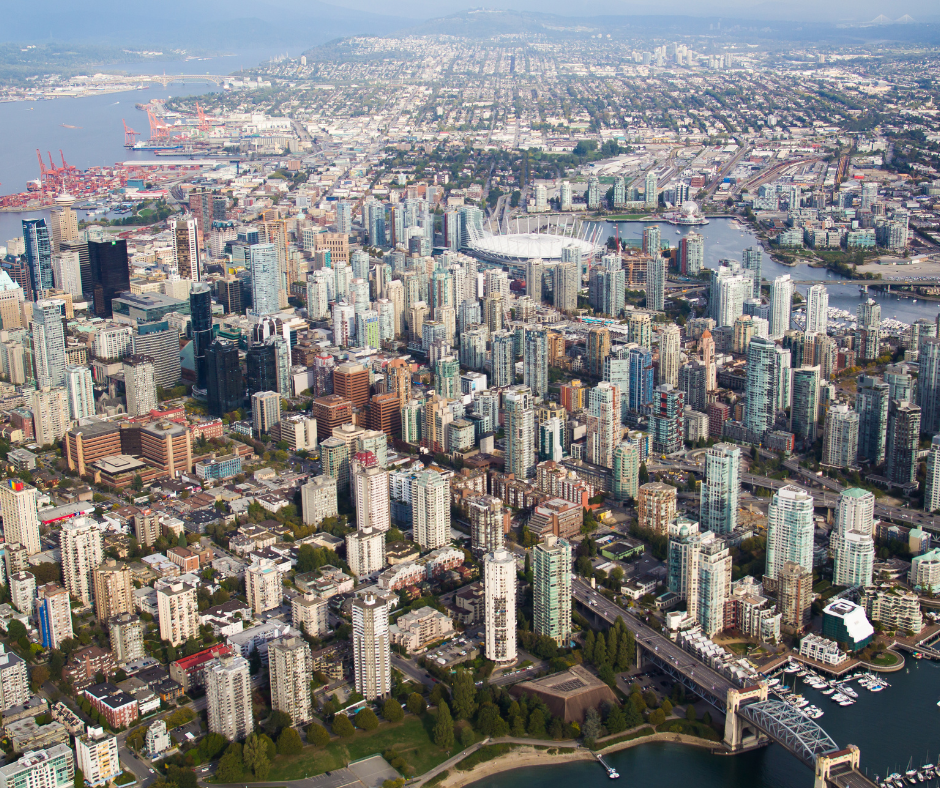

Vancouver is renowned as one of the leading green cities in the world, blending urban living with nature. With expansive parks, notably Stanley Park surpassing Central Park in size, the City emphasizes nature integration- creating a green haven within its urban landscape. Anchored by the Greenest City Action Plan, Vancouver aspires to be the world’s greenest City.
The City champions sustainable building practices with stringent codes promoting energy efficiency, green materials, and innovative design. The City’s skyline reflects a commitment to minimizing energy consumption and maximizing natural daylight. Notable sustainable landmarks include the Olympic Village and the Vancouver Convention Centre, with its expansive green roof and energy-efficient features.
Vancouver excels in waste management through programs promoting recycling, composting, and responsible disposal. The City’s circular economy approach contributes to resource conservation and job creation in the green sector. Vancouver ecourages sustainable transportation by investing in bike lanes, pedestrian-friendly streets, electric cars and robust public transit. By encouraging walking, cycling, and transit use, the City mitigates congestion, improves air quality, and enhances overall well-being.
Copenhagen, Denmark
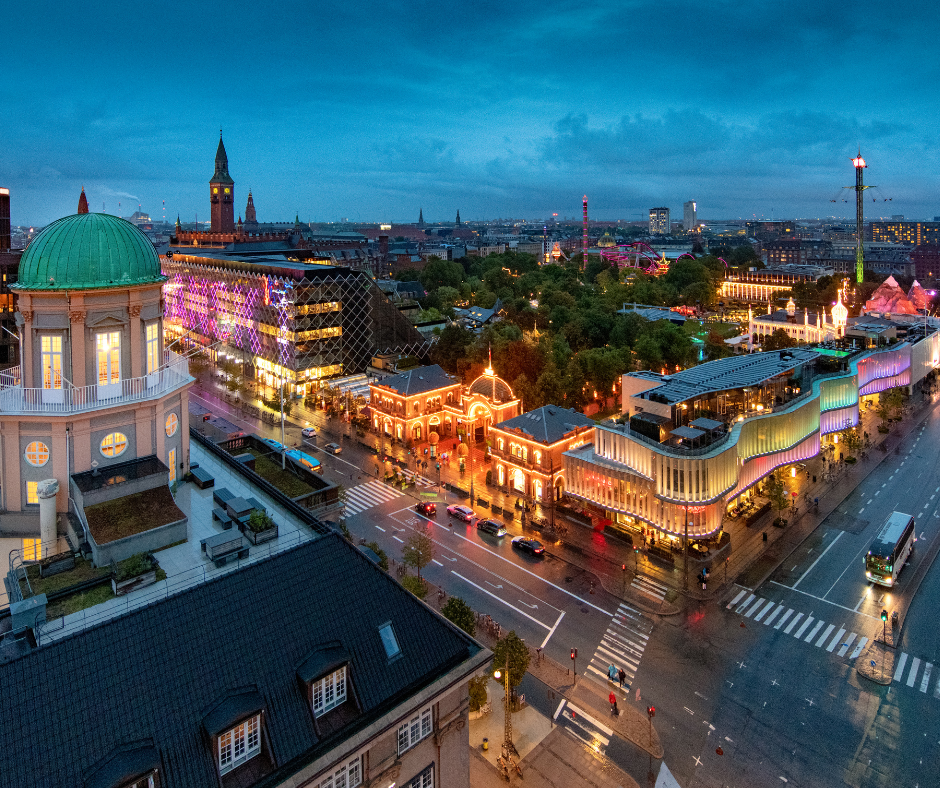

Copenhagen ambitiously aims to be the world’s first carbon-neutral capital by 2025, with green spaces playing a pivotal role in achieving this groundbreaking goal. The sustainable city’s commitment to environmental sustainability is reflected in its comprehensive climate adaptation plan. Recognized globally for its cycling culture, Copenhagen boasts an extensive network of bike lanes, prioritizing biking as a primary mode of sustainable transportation. Bicycle-friendly policies and infrastructure enhancements promote a healthier lifestyle while reducing carbon emissions and traffic congestion.
Waste-to-Energy Innovation Copenhill, or Amager Bakke, stands as a revolutionary waste-to-energy plant with a distinctive feature—a ski slope on its roof. Superkilen Park exemplifies Copenhagen’s dedication to innovative urban design. Representing various cultures worldwide, the park fosters inclusivity and community engagement.
The sustainable city invests in climate-resilient infrastructure, incorporating green roofs on green buildings. Beyond enhancing aesthetics, green roofs provide insulation, reduce stormwater runoff, and contribute to urban biodiversity. At the front position of the renewable energy transition, Copenhagen is actively investing in renewable energy sources like wind turbines, district heating systems, and solar panels power. This strategic shift aims to make the city carbon neutral, setting a precedent for sustainable energy systems globally.
Amsterdam, Netherlands


Amsterdam is known for its green approach to city planning. A city of canals, Amsterdam integrates a plethora of green spaces like the renowned Vondelpark, balancing nature with urban architecture and reducing carbon emissions. With a green vision, Amsterdam aims to ensure every resident is within a 10-minute walk or a 15-minute bike ride from a park, promoting accessibility to nature.
Earning its reputation as one of Europe’s greenest cities, Amsterdam embraces sustainability through visionary policies. The Comprehensive Vision Amsterdam 2050 focuses on “green by default,” replacing paved areas with greenery for a natural living environment. The City’s commitment extends to creating new parks, ecological management, and reinforcing biodiversity, aligning with its Climate-Resilient Infrastructure.
The City aspires to balance growth within limits, preserving social foundations and adopting climate-conscious practices. As Amsterdam experiences a surge in commercial development post-Brexit, sustainable adaptive reuse of old factories and office buildings gains prominence. Projects like Yvie exemplify transformative regeneration, injecting new life into emerging creative districts while prioritizing sustainability in designs and infrastructure.
Melbourne, Australia
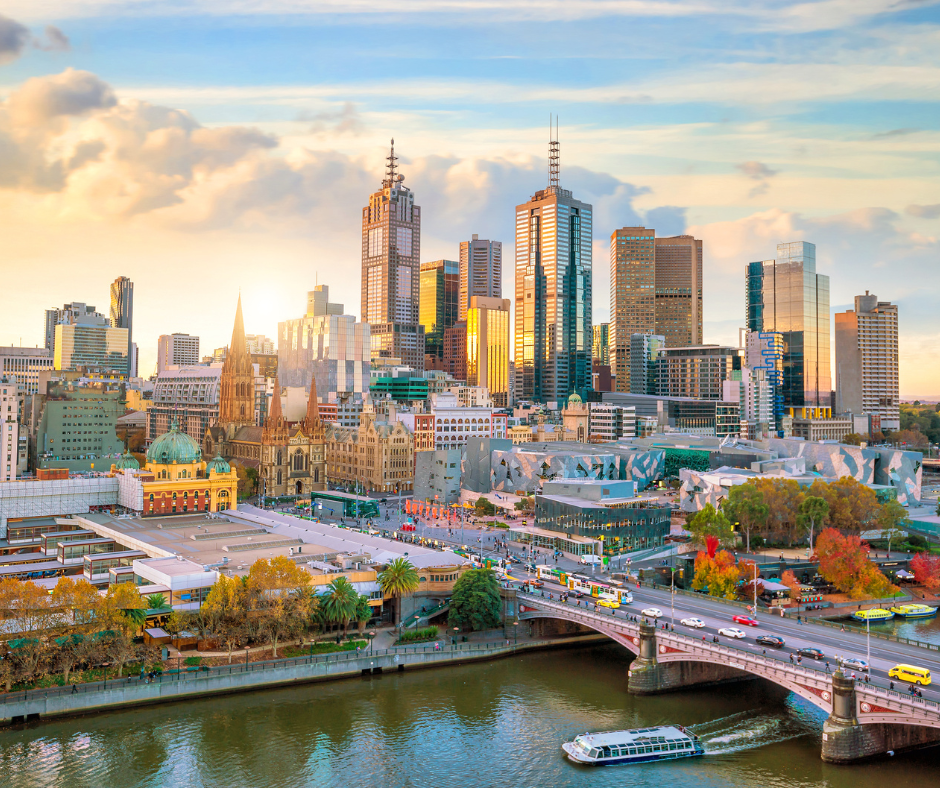

Melbourne is celebrated for its large parks and gardens. It reinforces its standing as one of the world’s most livable cities with a groundbreaking $19.1 million plan. This initiative, part of the Green Our City Strategic Action Plan, emphasizes boosting urban forests and incorporating ‘vertical greening’ on residential and commercial buildings. The City’s commitment to planting 3,400 trees within a year and maintaining over 80,000 trees underscores its dedication to enhancing urban greenery.
The City of Melbourne Council allocates $7.1 million for upgrading 480 hectares of parks and gardens, fostering a more sustainable and enjoyable environment. To combat climate change, rising temperatures and conserve water, Melbourne initiates a $4.2 million plan focusing on collecting and reusing rainwater. This strategic move aims to safeguard the City’s iconic gardens from extreme weather and drought conditions.
Melbourne’s budget pledges sweeping measures to transition city facilities entirely to renewable energy resources through the Melbourne Renewable Energy Project and reducing carbon emissions. The commitment to sourcing energy from an 80 MW wind farm near Ararat underscores the City’s dedication to clean and sustainable practices.
Berlin, Germany
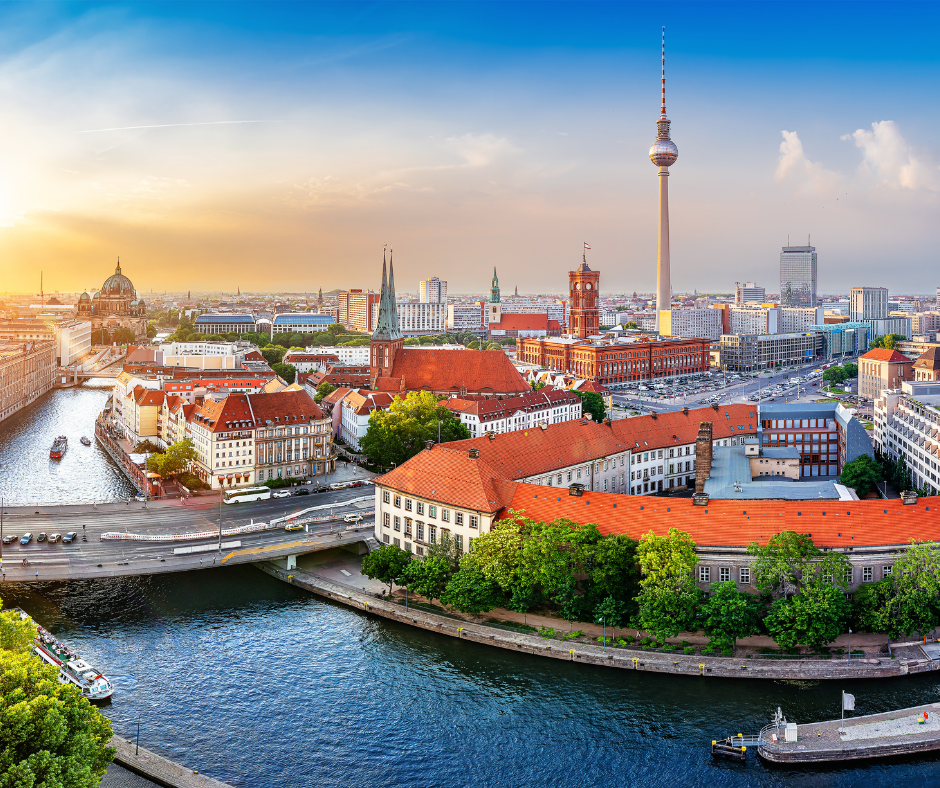

Berlin, Germany, stands out as a green city where approximately one-third of its expanse comprises lush forests, parks, gardens, rivers, and lakes. Iconic green spaces like Tiergarten, Tempelhofer Feld, and vibrant community gardens embody Berlin’s commitment to nature.
Sustainability is deeply woven into the City’s fabric, with a strong cultural inclination towards green and eco-friendly practices. Berliners prioritize bicycle commutes over cars, showcasing a preference for environmentally conscious living. The development of urban open spaces by entities like Grün Berlin reflects a commitment to sustainable concepts, navigating the complexities of a growing metropolis and ensuring that all residents reap the benefits of harmonious and well-designed green environments.
Portland, Oregon, USA
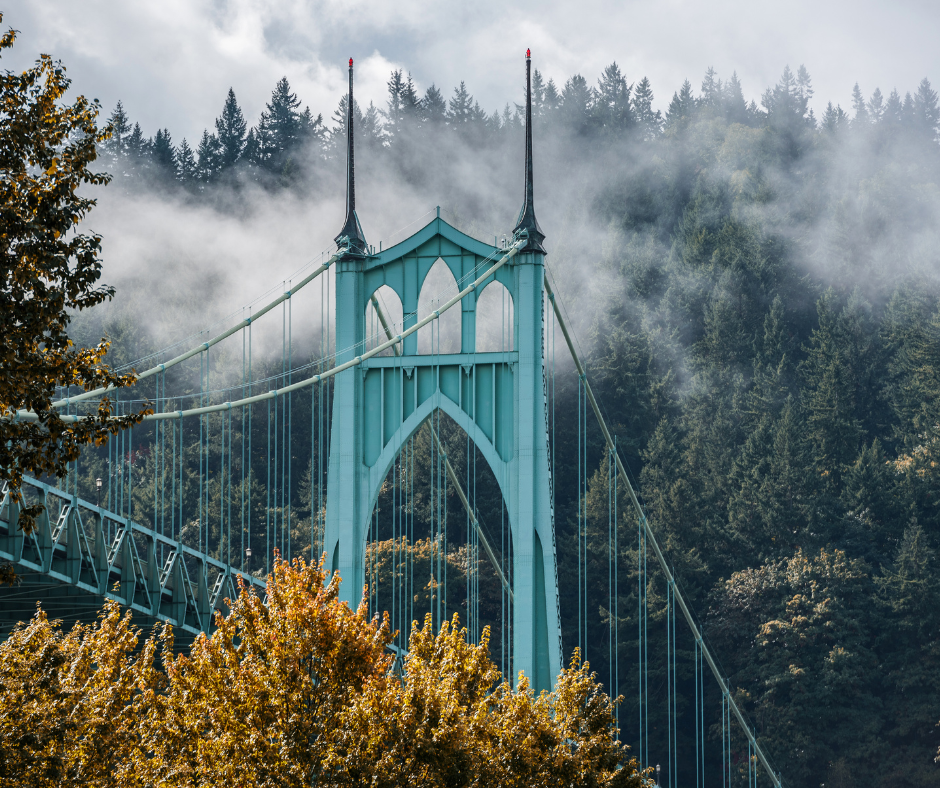

Portland, Oregon, stands as a beacon of environmental consciousness, earning its title as America’s top green city. Renowned for visionary urban planning, it boasts extensive parks, community gardens, and a remarkable urban tree canopy.
Forest Park is one of the largest and most renowned urban forests in the U.S. and among the sustainable cities of the world. It symbolizes the City’s commitment to nature. Portland’s sustainability roots run deep, with a Smart Growth strategy dating back to the 1970s. Decades of eco-conscious policies, like the ‘Beach Bill’ and ‘Bottle Bill’ set the tone. Notably, Portland embraces cycling, free public transit zones, and biofuel-powered buses, reinforcing a 20-minute neighborhood concept.
The green city excels in stormwater management, featuring innovative rainwater harvesting systems, green streets, and flourishing green roofs. Portland’s holistic approach integrates nature, community gardens, and the FLOSS lifestyle, fostering a unique, sustainable city identity with reduced carbon emissions.
Stockholm, Sweden
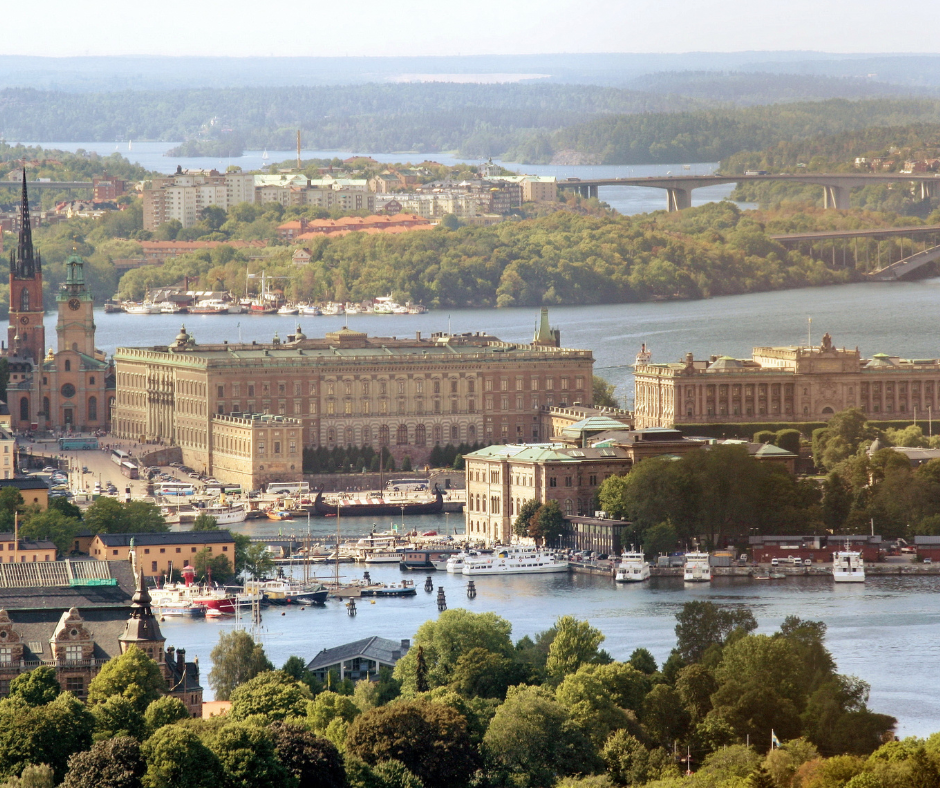

Stockholm, nicknamed the “Venice of the North” boasts a picturesque blend of green spaces seamlessly interspersed among its waterways. The Swedish capital -has emerged as a global model of sustainable urban living through dedicated initiatives and transformative efforts. Facing environmental crises in the 1980s, including air pollution and water pollution, the green city has since pivoted towards sustainable development and urban planning. Investing substantially in public transport, Stockholm’s buses, trains, and metro systems run on renewable energy, constituting 80% of total trips.
Emphasizing cycling, Stockholm features dedicated lanes, parking, and bike-sharing systems, encouraging eco-friendly commuting options. Striving to be fossil fuel-free by 2040, Stockholm invests in wind and solar power, with 70% of energy sourced sustainably in 2019. Stringent energy efficiency standards and incentives drive the green city’s focus on sustainable building materials, green roofs, and retrofitting.
With a target of zero waste by 2040, Stockholm excels in recycling and composting, boasting over 99% of waste is recycled or used for energy. The City’s wealth of green spaces, parks, and nature reserves enhance residents’ well-being, providing vital connections to nature.
Tokyo, Japan
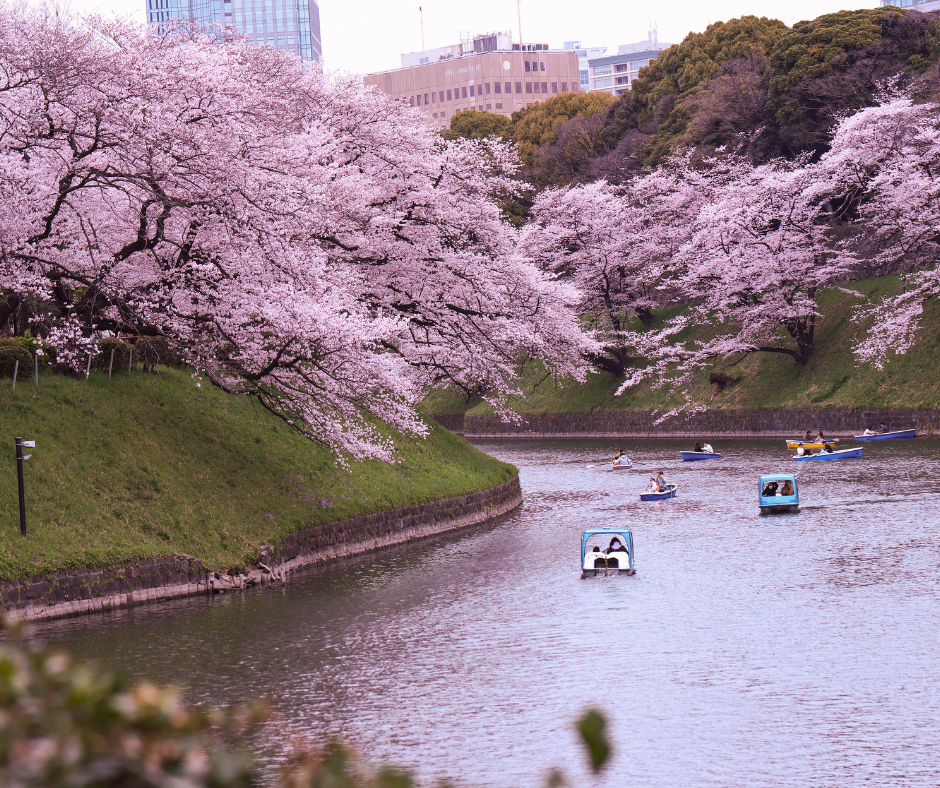

Tokyo, amidst its dense urban expanse, successfully weaves significant green spaces into its fabric, including traditional gems like Shinjuku Gyoen and various neighborhood parks. With a commitment to environmental sustainability and climate action, Tokyo plans a greener future through technology, policies, and collaborations across sectors.
Private companies align with TMG’s environmental guidelines and U.N. Sustainable Development Goals (SDGs) to become a green city, introducing new corporate social responsibility models. Tokyo-based Updater, a renewable energy supplier, leads with an eco-conscious business model, facilitating the transition to a decarbonized society.
Tokyo aims for a net-zero carbon city by 2050, with the “Carbon Half” initiative to reduce emissions by 50% by 2030 and an increased focus on renewable electricity. Tokyo’s Governor, Koike Yuriko, collaborates with global city leaders, adopting the Tokyo Declaration on Sustainable Recovery and hosting forums to accelerate climate action.
Curitiba, Brazil


Curitiba stands out as a model green city in urban planning, leveraging innovative parks and green spaces. With over 80 million m² of preserved green areas, it boasts 41m² of green space per resident, surpassing the WHO recommendation. Architect Jaime Lerner, a three-time mayor and two-term governor, played a pivotal role in Curitiba’s transformation, earning recognition as one of Time magazine’s most influential thinkers.
Curitiba introduced the Bus Rapid Transit (BRT) system in 1974, an integrated sustainable transportation network considered a global blueprint. It encourages sustainable transportation through buses that run on biodiesel from soybeans, reducing CO2 emissions and improving air quality. The BRT serves over 2 million passengers daily.
The City ingeniously transformed flood-prone areas into parks, managing flood lines with 16 parks, 14 forests, and artificial lakes. Local initiatives for fighting climate change and sustainable transportation, like planting 1.5 million trees on highways, showcase community involvement. The Free University of the Environment (UNILIVRE) in Zaninelli Park offers higher education in environment, ecology, and sustainable urban management. Curitiba introduced Brazil’s first pedestrian promenade in 1972, fostering accessibility and promoting a city-centric lifestyle.
The Green Exchange program incentivizes recycling, rewarding residents with fresh produce or bus passes. The City’s commitment fighting climate change and waste reduction extends to using real plates and silverware in fast-food restaurants.
Curitiba fulfills 84% of its energy needs through hydropower. Initiatives like the Hydroelectric Energy Generator in Barigui Park aim to tap into clean energy sources, aligning with the City’s commitment to sustainability.
The Future of Green Urban Planning
The future of green urban planning promises innovative solutions to pressing challenges. Climate change resilience takes center stage, with cities integrating eco-friendly designs to withstand environmental shifts. Urban farming emerges as a sustainable trend, reshaping landscapes and providing local food sources. These advancements not only enhance environmental sustainability but also influence urban lifestyles. Green roofs, vertical gardens, and renewable energy installations redefine cityscapes, promoting biodiversity and reducing the urban heat island effect.
Engaging Communities in Green Planning
Community involvement ensures that a green city and its green spaces align with residents’ needs and desires, creating a sense of ownership. Successful sustainable cities include New York City’s participatory budgeting for park improvements and Portland’s neighborhood-led tree-planting initiatives. In these cases, residents actively contribute to decision-making.
This is especially true for those who actively encourage sustainable transportation for reduced carbon emissions, shifting to electric cars or electric vehicles, using public transportation to reduce air pollution and reduce traffic congestion, less use of air conditioning to minimize energy consumption, moving in bike lanes for eliminating greenhouse gas emissions and prioritizing investments in green technology for shaping their local green spaces.
This engagement not only enhances the quality of urban life but also strengthens social bonds and environmental stewardship thereby creating eco cities in the world. Both national governments and local governments should support such eco city initiatives.
Final Thoughts on the Value and Evolution of Green Cities Around the World
Sustainable cities like Stockholm, Tokyo, and Curitiba showcase the transformative power of sustainable urban planning, encouraging sustainable transportation, green spaces, and community engagement. These greenest cities and their sustainable models highlight the vital role of innovation and commitment in creating environmentally resilient and livable urban landscapes. As urbanization continues in many cities worldwide, prioritizing sustainable practices ensures a harmonious blend of nature and infrastructure, fostering healthier, happier communities for the future.
By Anila Hasnain.








